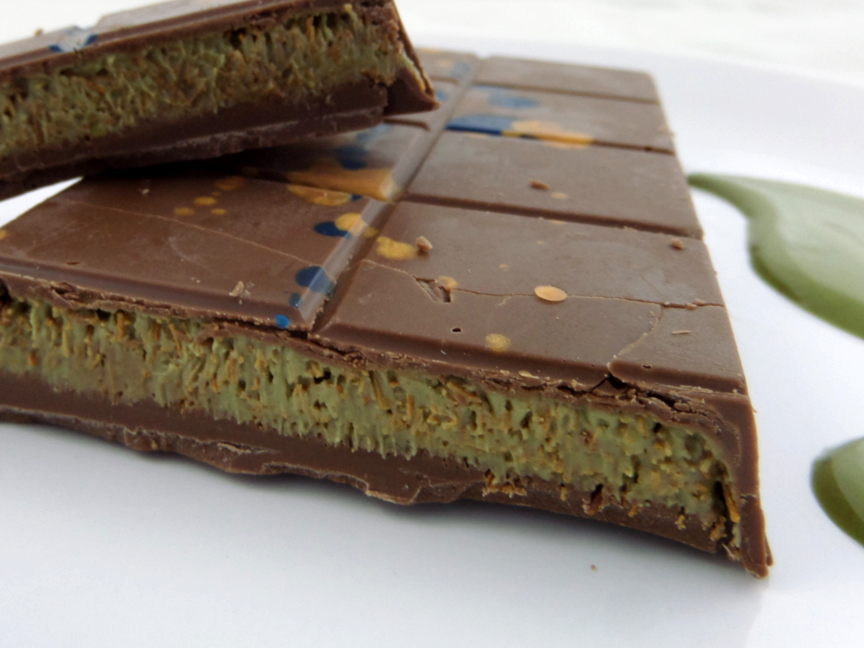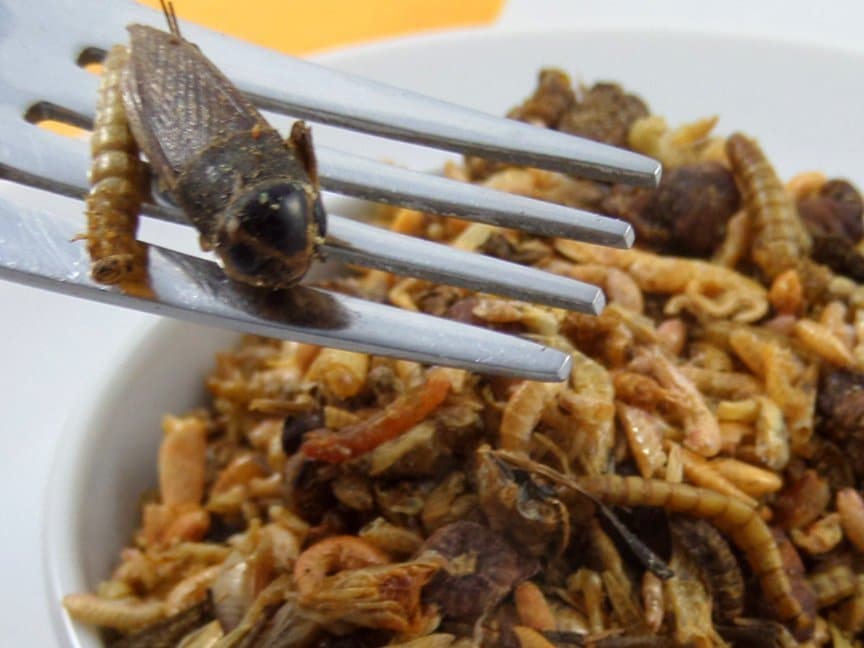
New foods and curiosity about them are very much in vogue in this country. Currently, Germany has put it in second place worldwide for the most innovative product launches. 1st place is undisputedly the USA and the third place is followed by Great Britain and Canada.
When is a food a superfood?
An official, legally binding definition for superfoods does not yet exist. The term “superfood” was coined at the beginning of 2000. A common definition is: “A superfood is a nutritious food that is considered particularly beneficial for health and well-being”,
The nutrients can be all kinds of ingredients. These range from valuable fatty acids to secondary plant substances and special carbohydrates.
Which superfoods are available?
“Super Seeds” or “Super Seeds”
Chia seeds:
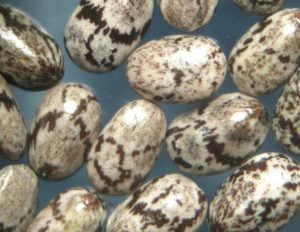
Chia is a pseudo-cereal and comes from Mexico. It has been on the menu there for a long time. Chia becomes superfood due to its very high content of unsaturated fatty acids, calcium, dietary fibres and antioxidants.
linseed:
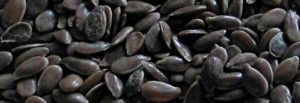
The domestic alternative to chia seed, especially in terms of fatty acid composition. However, the calcium content in linseed is significantly lower. Calcium is also found in many other foods for daily use, so usually the calcium requirement no longer needs to be met by chia.
basil seeds:
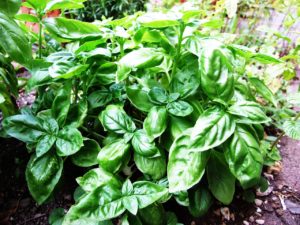 <
<
These are the seeds from Thai basil. The basil seeds are rich in trace elements, such as magnesium and iron. They also contain larger amounts of antitoxins. Similar to chia seed, the seeds are soaked, forming a gelatinous coating with a grey-purple colour. In addition, they should create a feeling of satiety and are therefore well suited for diets aimed at weight reduction.
“Super berries” or “Super berries”
Blue:
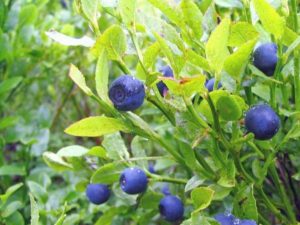
The berry is rich in secondary plant substances, trace elements and vitamins. In addition, blueberries are relatively low in calories. The sec. plant substances have a positive effect on the human body.
Goji Berry:
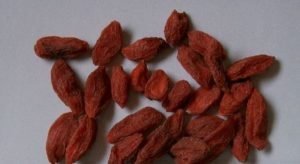
The goji berry belongs to the nightshade family and is related to the tomato. It is also known as the “common fenugreek” or “Chinese wolfberry”. Originally it comes from China and Mongolia. The goji berry is also rich in secondary plant substances, vitamins C, A and E.
Acai berry:

This berry originally comes from South America. It is rich in anthocyanins. These also give it its dark colour. It belongs to the palm family, besides the fruits, the cabbage palm (Euterpe Euleracea) also the plam hearts are used. The palm hearts are one of the staple foods in the corresponding regions.
further super foods
Moringa:
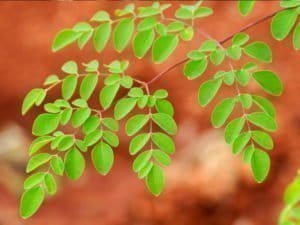 <
<
The miracle tree or horseradish tree. Almost all parts of this tree can be used. In this country you can usually find the leaves or powder from them on sale. Moringa is rich in valuable amino acids and fatty acids. With Moringa we have already dealt with it in the past and have even dedicated an article to it.
Conclusion:
Safely many of these foods can be an enrichment in our diet. Basically, however, as always a holistic view is appropriate. Chiasaat from South America can be delicious and healthy, but the positive effects of these Super-Foods are often exaggerated – regional products offer the same nutritional value. All too often the CO2 aspect of global trade in goods is forgotten when it comes to individual benefits. Do we really do well to ship seeds across the ocean to touch our muesli (or is this now called Granola?) in the morning?!
And what mechanisms are triggered by this in the cultivating countries? Of course, the demand for super avocados and the like leads to an increase in cultivation in the short term, but the resulting considerable increase in water consumption unfortunately has a sub-optimal effect on the growing area in the medium term.
For those who are concerned about a balanced CO2 balance, the subgroup of “domestic superfoods” should be preferred. These include kale, blueberries, raspberries, blackberries, sunflower seeds and walnuts! These are sometimes rated lower in terms of their nutritional values (after all, they are not associated with the “myth” or hype of superfoods), but in a balanced diet, as a rule, there are no signs of deficiency in the population. Additionally they score with their regionality and a good CO2 fingerprint!
Bildnachweis:
- Titelbild + Beitragsbilder | Quelle: Wikipedia, modifiziert durch my-lab

